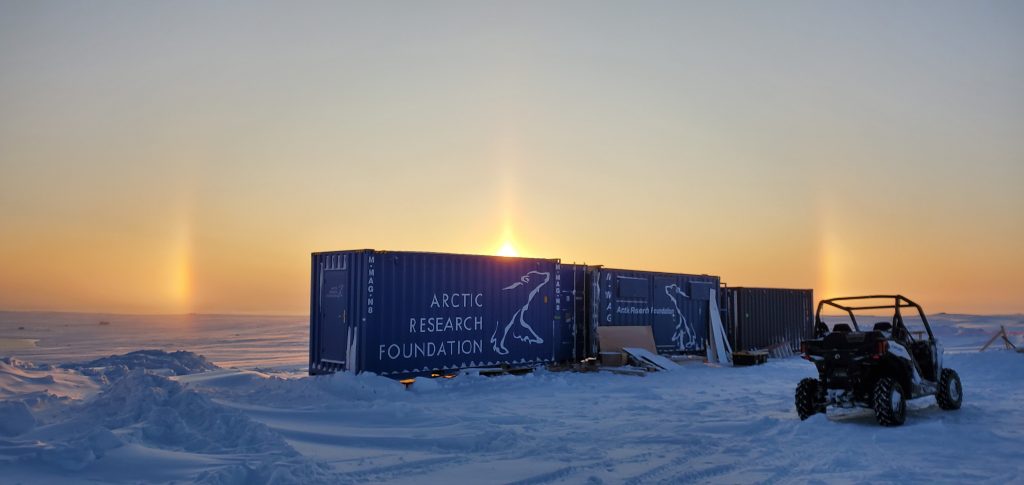Canadian Space Agency taps Nunavut town as test site to grow space food
A greenhouse project in Gjoa Haven seeks to approximate some of the conditions found in space.

The Canadian Space Agency hopes a four-year, $450,000 greenhouse project in the western Nunavut community of Gjoa Haven will point the way to growing vegetables for future space travellers.
Largely built on sand, with short, cloudy summers and dark, frigid winters, Gjoa Haven, home to about 1,500 people, is not known for its vegetation.
But that is why the CSA said Gjoa Haven is a suitable test bed for future space food production systems.
There are a lot of similarities with the harsh and cold environments of outer space that can help show how to support astronauts in extreme weather, Matthew Bamsey, a senior engineer with the CSA’s program management, told Nunatsiaq News.
“It’s also the remoteness, (and) the limitations that you would want to have,” he said of Gjoa Haven, which is located on King William Island.
All this makes it an attractive site to develop reliable plant production systems that astronauts could one day use on the moon or Mars.
As the greenhouse is located in a rejigged sea can, the project will also show how to maximize the amount of plants you can get in the smallest space, Bamsey said.
Of course, on the moon or Mars, the plants wouldn’t grow in sea cans, but possibly they would be put into similar modules found in the International Space Station, he added.
The CSA recently put out a request for services to train and develop a skilled workforce to operate the greenhouses, in collaboration with its partners, National Research Council Canada and Agriculture and Agri-Food Canada.
The project, called Naurvik, which means “the growing place” in Inuinnaqtun, had already started up last autumn led by the Arctic Research Foundation, a non-profit organization that coordinates scientific, cultural and economic research in the Arctic.
The foundation was involved in the search for the Sir John Franklin ships, which were located near Gjoa Haven, and has also conducted other research from on board the Martin Bergmann, which it operates out of Cambridge Bay.
In 2019, the foundation brought the sea cans to Gjoa Haven and started up vegetable production earlier this year.
In the past, it’s also looked at using sea cans for mobile research facilities in Cambridge Bay.
The “mission” of the current CSA project is a two-way street, also designed to help out on Earth.
The long-term aim is to improve food security and stimulate the local economy, which is in line with the vision of Canada’s Arctic and Northern Policy Framework, the project backgrounder said.
And the 2019 Space Strategy has “a specific element associated with harnessing space to solve everyday challenges for Canadians and particularly enhancing access to nutritious food (across Canada and off Earth).”
Bamsey said the CSA has only recently started activities in the food production domain.
But the idea of using Nunavut as a stand-in for the moon or Mars has been kicked around for a while.
The Haughton Mars Project operated a greenhouse on Devon Island in the early 2000s named after the acclaimed science fiction author Arthur C. Clarke. That project sparked headlines like “Greenhouse May Lead to Farms on Mars.”
Affiliated with the CSA over about 10 years, Bamsey said the Arthur C. Clarke greenhouse was “a success at its time.”
But there was a difference: “no humans were in the loop,” he said of the greenhouse, which was remotely managed during most of the year.
That greenhouse, like the rest of the Haughton Mars Project, is now mothballed.
But Bamsey said he is not discouraged about the track record of that project, because new greenhouse technologies have come so far since then.
By 2025, the CSA aims to develop a blueprint for food production in space and get community members involved, he said.
To that end, there will be onsite training, as well as a portion of training in the south with the CSA and its partners.